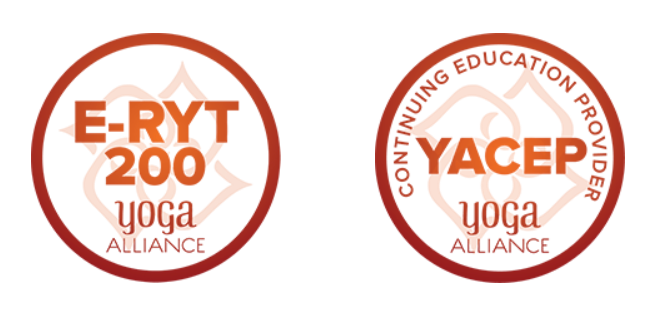
Course Description
While a foundational concept in yoga, Kuṇḍalinī is also one of the most mysterious. Kuṇḍalinī is often described as a snake-like energy that lies coiled, sleeping at the base of the human body. Practices of yoga are intended to awaken Kuṇḍalinī, either to remove her blocking the central channel, or cause her to rise up through it. The rising of Kuṇḍalinī is considered a key technique of yoga, demarcating spiritual experiences and even facilitating the liberated practitioner to transcend their body. Yet this simple summary belies the varied ways in which Kuṇḍalinī is described and experienced across textual, cultural and contemporary accounts. This course sets out the history of Kuṇḍalinī as concept and experience—but cannot dispel the mystique.
The four-week course delivers a chronological history of Kuṇḍalinī alongside attending to the embodied experience to which these sources point. We start with an overview of Kuṇḍalinī in the cultural context of nāga or serpent lore as well as introducing concepts of the esoteric body. The second session situates the early beginnings of Kuṇḍalinī in tantric Śaiva context, drawing on Sanskrit textual sources, where Kuṇḍalinī is associated with creation and the alphabet goddess. The third module details the emergence of Kuṇḍalinī in the Haṭhayoga sources and her increasing importance over the corpus: not named in the 11th century Amṛtasiddhi, by the 15th century Haṭhapradīpikā Kuṇḍalinī is the support of all teachings of yoga. The final session considers the reception history and popularity of Kuṇḍalinī as a concept with trans-global spiritual relevance by asking, does Kuṇḍalinī travel?
This course is research-led and based on primary textual sources (knowledge of Sanskrit is not a pre-requisite for the course). While rooted in textual sources we will attend to the embodied nature of Kuṇḍalinī and the felt-experience that the sources appear to communicate. Thus, rather than reach for transcendent explanations we remain in the material and messy matter of the body.

Course Preview
Course Modules
Module 1 — Kuṇḍalinī in context: the Indian origins of Kuṇḍalinī among nāgas and the esoteric body
Module 2 — Kuṇḍalinī in texts: Tantric formulations of Kuṇḍalinī and the alphabet goddess
Module 3 — Kuṇḍalinī in texts: Kuṇḍalinī as the support of all teachings and the key to Haṭha Yoga
Module 4 — Kuṇḍalinī recontextualised: Does Kuṇḍalinī travel? The reception history and practice of Kuṇḍalinī
Students Will Receive:
- 4 Pre-recorded Video + Audio lectures (90 min)
- 4 Pre-recorded Q&A sessions (90 min)
- 4 ACP Credits
- 12 Hours of CE credit with YA
- Course Syllabus (PDF)
- Weekly Readings (PDF)
- 4 Multiple Choice Quizzes
- Yogic Studies Certificate (PDF)
- Access to the private Community Forum
Dr. Ruth Westoby
Junior Research Fellow in Jaina Studies at the Oxford Centre for Hindu Studies
Dr. Ruth Westoby is a researcher in yoga and Asian Religions and a yoga practitioner. Ruth is also an Associate Researcher at Inform, based at King’s College London, researching menstruation in contemporary religions. Ruth holds a PhD from SOAS University of London on ‘The Body in Early Haṭha Yoga’ (2024), supervised by Professor James Mallinson and Dr Richard Williams, funded by CHASE-AHRC and awarded without corrections. Ruth is currently working on a book project from her doctoral thesis ‘Reversing Reproduction in Haṭha Yoga’. Her research focuses on the materiality of the body and sexuality from critical theoretical and medical humanities perspectives. She works with Sanskrit textual sources and participant interviews.
Ruth has published early research findings in the peer-reviewed Religions of South Asia (2021) and numerous public articles. She teaches MA ‘Theory and Method in the Study of Religion’ alongside undergraduate courses as Visiting Lecturer at Roehampton University (2023-2026). As a practitioner Ruth collaborated with the SOAS Haṭha Yoga Project (2015-2020) interpreting postures from an 18th-century text teaching a precursor of modern yoga, the Haṭhābhyāsapaddhati. See enigmatic.yoga for publications.
This course is eligible for 12 hours of Continued Education (CE) credits with Yoga Alliance

Stay Informed
Sign up for the Yogic Studies mailing list to find out first about upcoming courses, podcast episodes, promotions, events, and the latest research delivered straight to your inbox.


